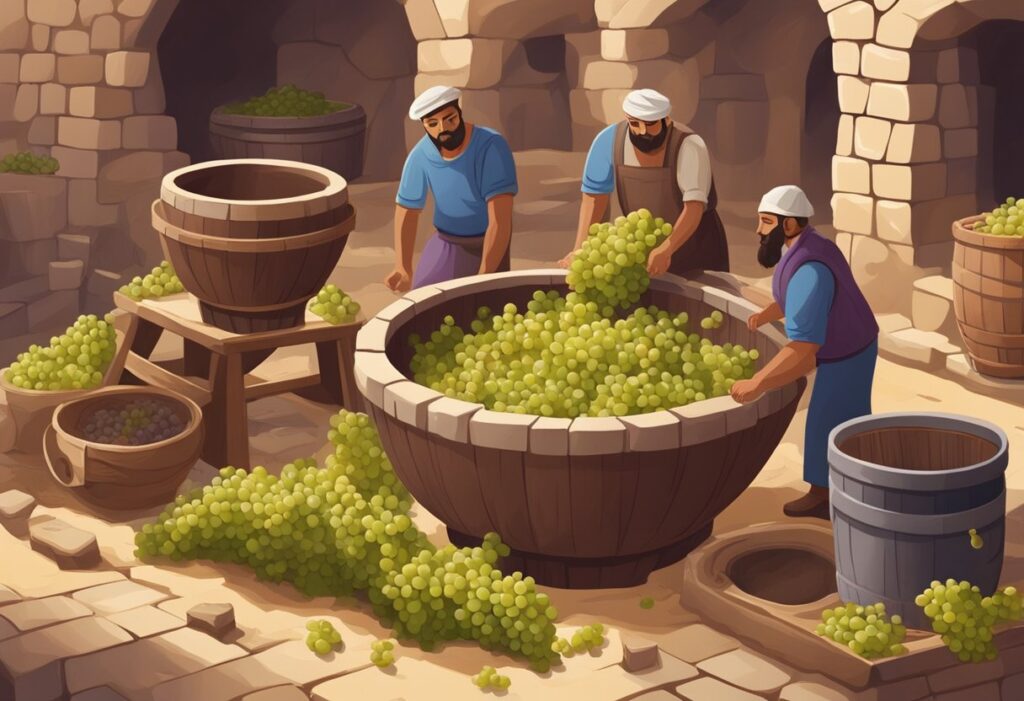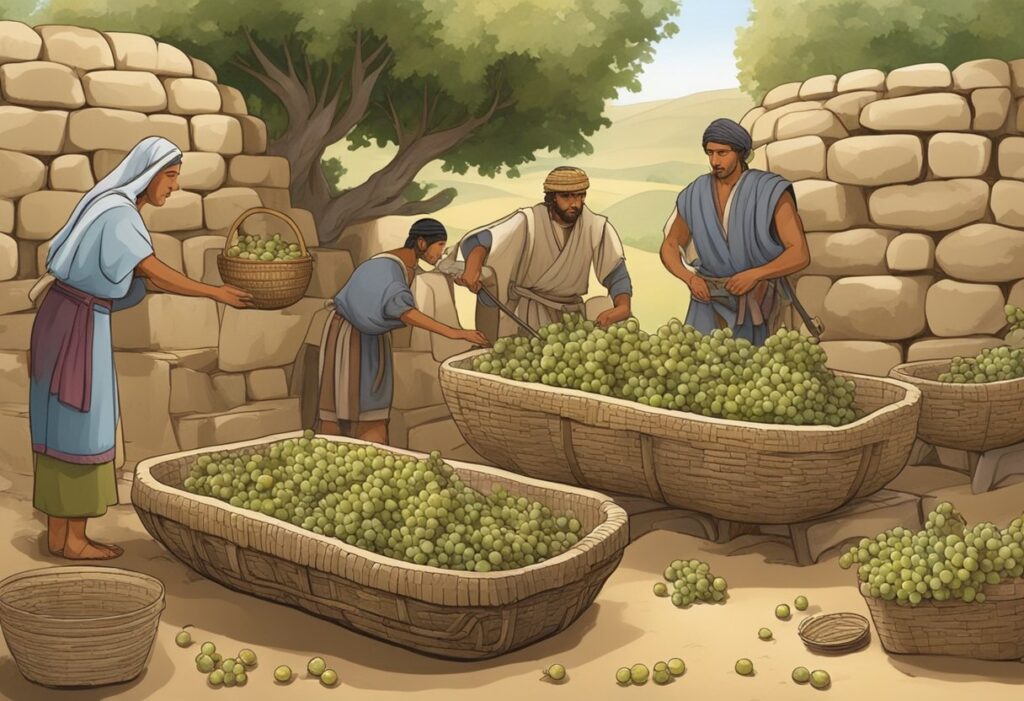Viticulture, the cultivation of grapevines for wine production, has a rich history that spans thousands of years and diverse landscapes. Wine consumption has evolved from ancient rituals to a global cultural phenomenon, deeply connected with local traditions and climates. You may be surprised to learn how this intricate craft migrated from its origins to every corner of the world, adapting to new environments and shaping local economies.
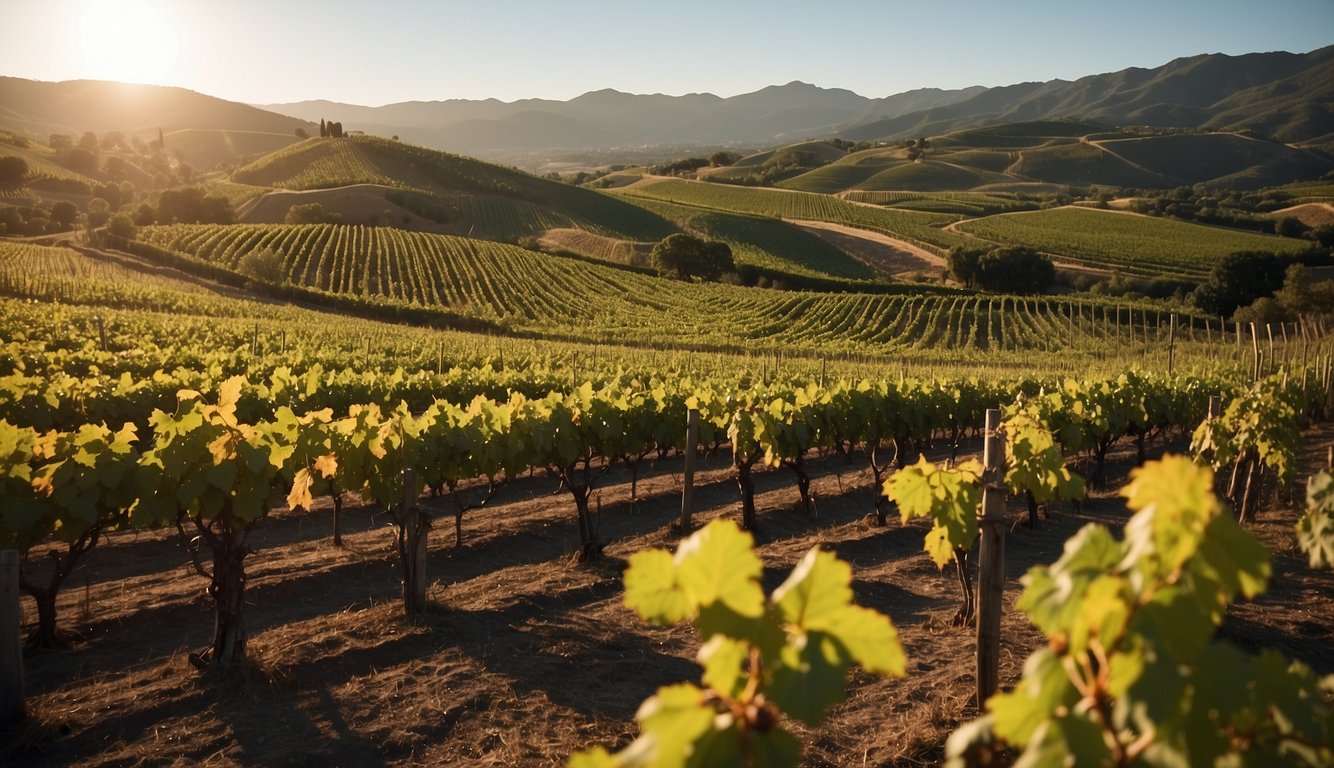
You can trace the journey of viticulture from the early vineyards of Mesopotamia and Egypt to the celebrated wine regions of Europe, such as France, Italy, and Spain. These regions have mastered the art of winemaking, producing some of the world’s finest wines. As viticulture expanded, innovative practices and technology advances significantly influenced global wine quality and introduced new players like California’s Napa Valley.
Climate plays a crucial role in viticulture, impacting grape yield, composition, and wine quality. With climate change threatening many established winemaking regions, the search for new suitable areas continues. This dynamic aspect of viticulture ensures that the story of wine is always evolving, inviting you to explore the fascinating interplay between nature and culture in every bottle.
Historical Journey of Viticulture
Viticulture has a rich history dating back to the Neolithic period, evolving through ancient civilizations and reaching the modern era. You’ll see how viticulture spread from early beginnings in the Near East to its widespread adoption worldwide.
Neolithic Beginnings and the Bronze Age
Viticulture began during the Neolithic period, around 6000 BCE, in regions like Anatolia, Georgia, and Iran. Early settlers discovered that fermented grape juice produced alcohol and began cultivating grapevines for this purpose.
During the Bronze Age, vine cultivation and winemaking spread to Egypt and Mesopotamia. The cultivation techniques were shared across these regions, leading to a stable production of wine.
Artifacts such as amphorae from ancient Anatolia and evidence from Georgia highlight the importance of grape cultivation. This era set the foundation for viticulture’s future advancements.
Ancient Civilizations and Medieval Advances
The ancient Egyptians, Greeks, and Romans played significant roles in perfecting and spreading viticulture. The Greeks improved on cultivation techniques, introducing grape varieties suited to different climates. Their keen interest in the influence of geography affected the wine’s taste and quality.
Similarly, the Romans spread viticulture throughout Europe, reaching as far as the British Isles. They were known for their vast vineyards and innovations in winemaking techniques. Roman wine trade flourished, with amphorae for aging and transportation.
During the medieval period, monasteries became centers of viticulture. They maintained vineyards and improved grape selection and winemaking processes. This period saw the development of regions known today for their wine production.
Modern Era and Global Expansion
The modern era brought significant changes in viticulture with technological advancements. Precision agriculture, computer modeling, and remote sensing improved vineyard management. These innovations helped in understanding vine behavior and optimizing grape quality.
The concept of terroir, which emphasizes the importance of location and environment on wine, took shape during this period. While traditional regions like France maintained their focus on terroir, New World regions like California and Australia emphasized varietal characteristics over location.
Today, viticulture is a global industry with significant contributions from countries like Chile, South Africa, and New Zealand. The exchange of knowledge and technology has made high-quality wine production accessible worldwide.
The Science of Viticulture
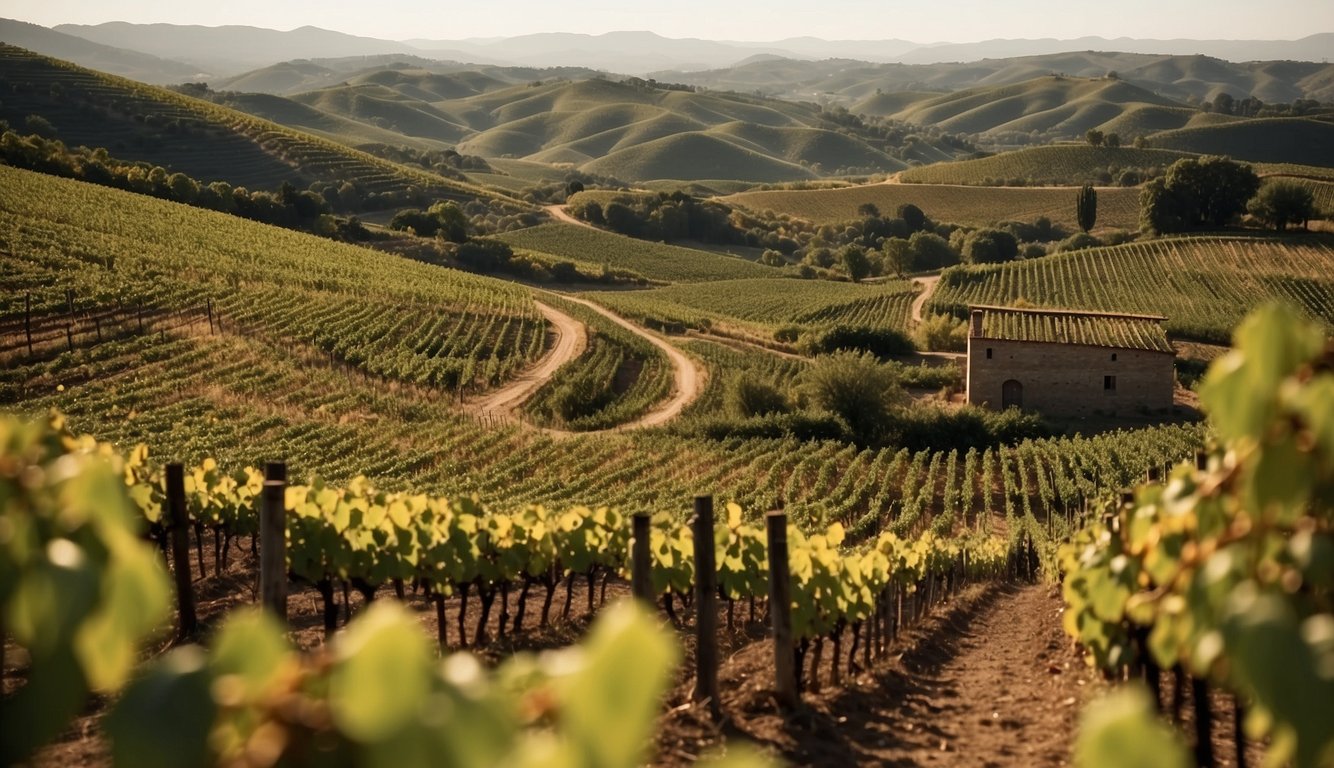
Understanding the science behind viticulture helps in producing high-quality wine. Factors such as grape varieties, environmental conditions, and vineyard practices play crucial roles.
Cultivars and Biodiversity
Vitis vinifera is the most widely used species for winemaking. Cultivars refer to specific grape varieties grown for desired traits. Biodiversity in vineyards is essential as it promotes healthy ecosystems.
- Clonal selection: Choosing the best plants for reproduction.
- Cultivar selection: Selecting grape types based on wine characteristics.
Biodiversity helps mitigate diseases and pests, ensuring healthier grapevines and better yields. A diverse vineyard can include different grape varieties, cover crops, and beneficial insects.
Soil, Climate, and Terroir
Terroir is the unique combination of soil, climate, and other environmental factors. Soil affects grapevine root development and water uptake. For example, well-drained soils are ideal for grapevines.
- Climate: Influences vine growth, photosynthesis, and berry composition.
- Heat: Affects grape ripening and sugar levels.
- Humidity: Impacts disease risk and yield.
Terroir includes microclimate variations, which can lead to distinctive wine flavors and aromas. Understanding these factors helps in choosing the right grape varieties and vineyard locations.
Vineyard Management Techniques
Effective vineyard management techniques ensure optimal growth and grape quality.
- Deficit irrigation: Controlled water supply to improve grape composition.
- Defoliation: Removing leaves to enhance sunlight exposure and air circulation.
Other practices include pruning to shape grapevines and determine yield, and canopy management to balance growth and grape maturity. These techniques are vital in managing vine phenology, which is the study of growth stages.
You must monitor and adjust these practices based on the specific needs of your vineyard to produce the best possible grapes for winemaking.
Winemaking Regions and Grape Varieties
Winemaking thrives in different parts of the world, each region known for its unique grape varieties and techniques. This section outlines the distinct customs of European winemakers, the fresh ideas from New World regions, and the potential of emerging wine countries.
European Traditions and Classification Systems
Europe has centuries-old winemaking traditions that shape today’s wine industry. France is renowned for its strict classifications and regions like Bordeaux, Burgundy, and Champagne. These areas produce celebrated wines like Chardonnay and Pinot Noir.
Italy offers diverse regions like Tuscany and Veneto, known for Cabernet Franc and Sangiovese. Spain’s regions, such as Rioja and Ribera del Duero, excel with grape varieties like Tempranillo. Germany is famous for its lush vineyard landscapes, specializing in Riesling. The European strict classification system ensures consistent quality and regional character in wines, fostering a strong reputation for excellence.
New World Innovations and Diversity
New World winemaking has energized the industry with innovation. Australia‘s Barossa Valley and New Zealand‘s Marlborough are globally recognized. Shiraz from Australia and Sauvignon Blanc from New Zealand are some of the standout varieties.
The United States has several key regions, with Napa Valley leading the charge in Cabernet Sauvignon and Chardonnay production. South Africa’s Stellenbosch area excels in Pinotage, a unique local grape. New World vineyards often embrace technology and modern methods, producing diverse and high-quality wines that challenge traditional norms.
Emerging Regions and Future Potentials
Emerging wine regions hold exciting possibilities for the future. China is rapidly expanding its winemaking industry, with regions like Ningxia attracting international attention. Varieties like Cabernet Sauvignon and Merlot are popular here.
Spain, already established, continues to innovate with regions like Priorat gaining prominence. Africa, beyond South Africa, shows potential in countries such as Kenya. These regions are using local climates and soils to develop unique wine profiles, promising a dynamic future for global viticulture.
Emerging wine regions provide a fresh perspective, offering new tastes and experiences for adventurous wine enthusiasts.
Environmental Considerations and Sustainability
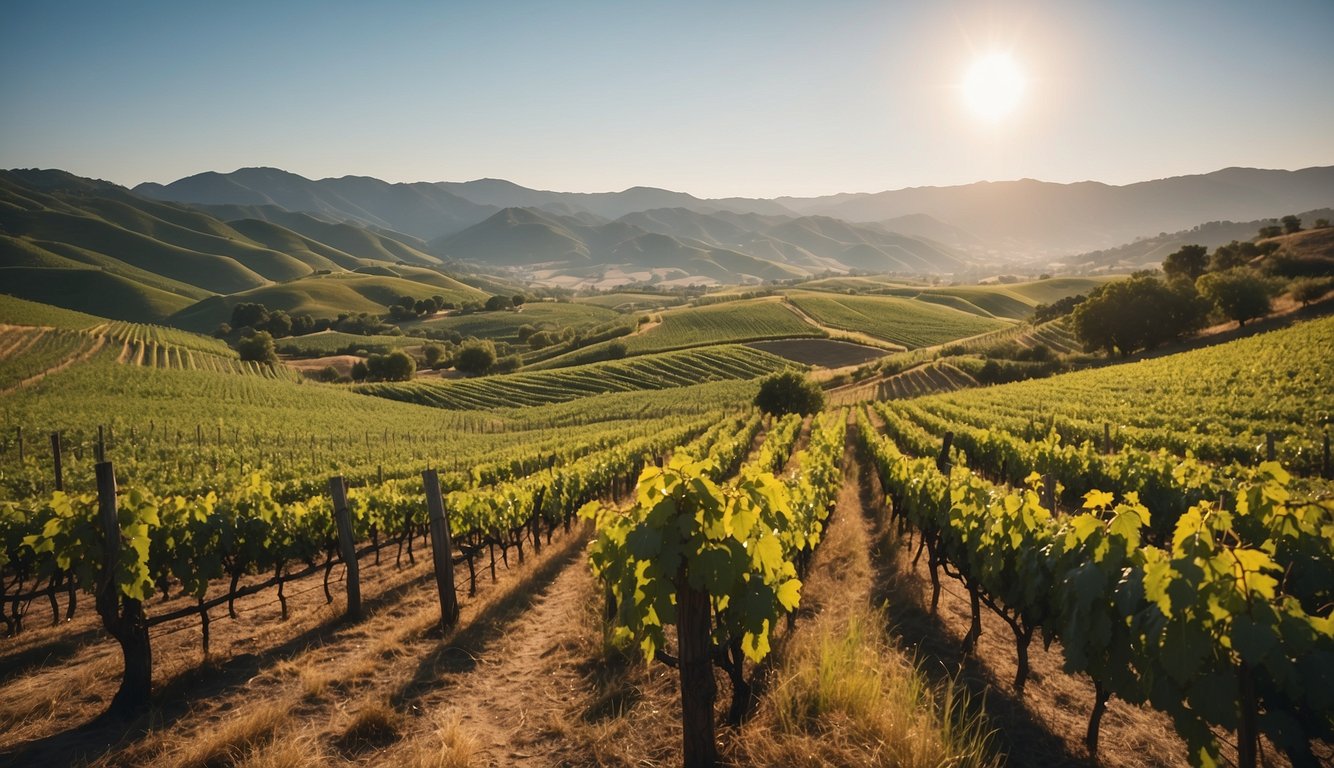
When making wine, it’s important to think about climate change, conservation, and managing pests and diseases. These factors impact grape quality, fruit yield, and long-term vineyard health.
Climate Change and Its Impact on Vineyards
Climate change affects your vineyards through varying temperatures and shifting weather patterns. Global warming leads to earlier grapes ripening, which can alter the balance of sugars and acids. This impacts wine’s taste and quality.
Extreme weather events, like heavy rains or droughts, can damage crops. You might need to adapt by planting drought-resistant rootstocks or using irrigation techniques.
Native American grapes like Vitis labrusca are more resilient to changing climates and are a sustainable choice. Their strong roots help them thrive even as conditions change.
Key Points:
- Earlier ripening affects taste.
- Extreme weather impacts crop stability.
- Drought-resistant rootstocks can help.
Conservation Efforts and Sustainable Practices
Conservation in vineyards involves sustainable practices that protect the environment and improve long-term productivity. Key strategies include reducing chemical use, conserving water, and enhancing soil health.
Using cover crops between vines can increase biodiversity and prevent soil erosion. Another method is integrated pest management (IPM), which uses natural predators to control pests instead of chemicals.
Many vineyards are shifting towards organic and biodynamic farming practices. These methods reduce environmental impact and often lead to healthier vines and better-quality grapes.
Key Points:
- Reduce chemicals with IPM.
- Use cover crops to prevent erosion.
- Adopt organic and biodynamic farming.
Pest and Disease Management
Pests and diseases can severely affect your vineyard’s health and fruit yield. Grapevine leafroll disease, a virus, is spread by insects and reduces grape quality.
Regular monitoring and early detection are crucial. You can manage pests through biological control methods that use natural predators. To combat diseases, selecting resistant grape varieties and maintaining proper vineyard hygiene are effective strategies.
Implementing quarantine measures and sanitation protocols can prevent the spread of viruses and other infections.
Key Points:
- Monitor for leafroll disease.
- Use natural predators for pest control.
- Select resistant grape varieties.
By adopting these practices, you can ensure a more sustainable and productive vineyard.
The Social and Economic Impact of Winemaking
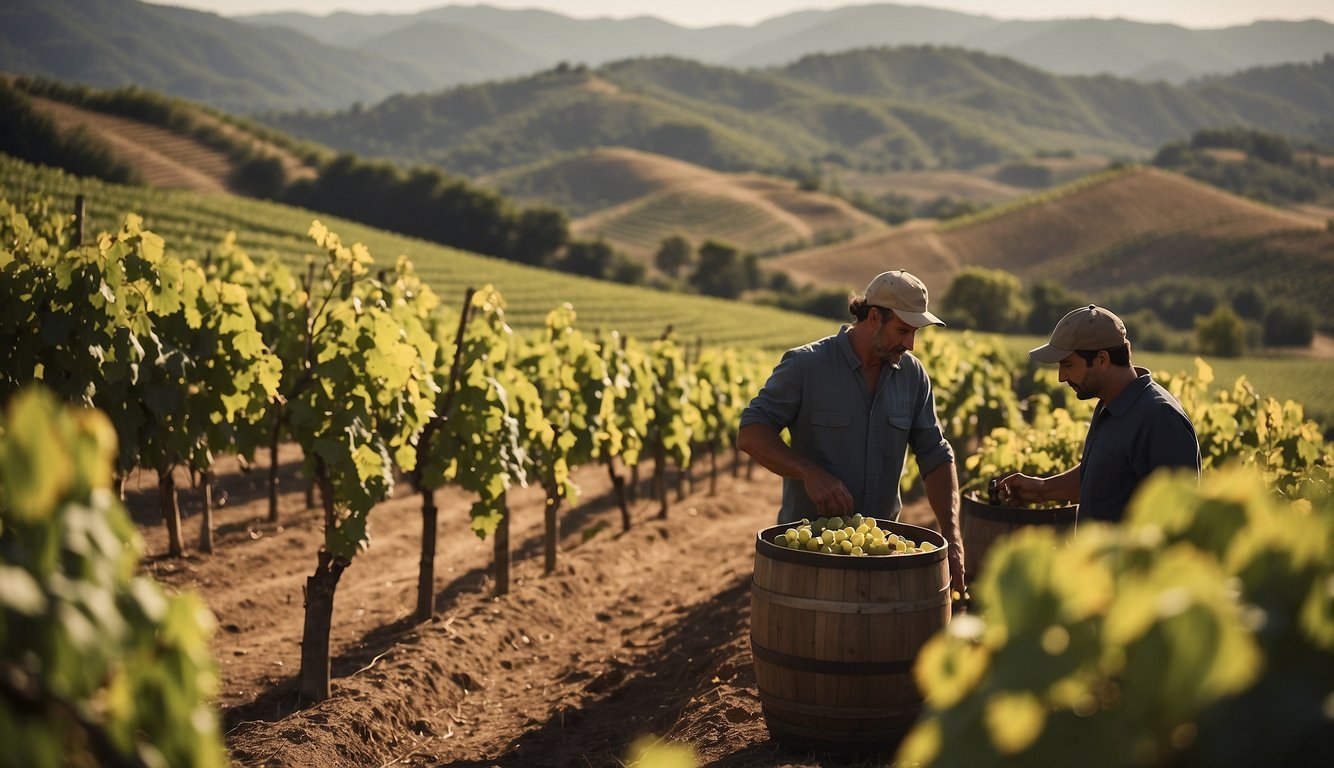
Winemaking has shaped cultures and driven economies worldwide. Its cultural importance, economic contributions, and technological progress continue to influence societies globally.
Cultural Significance and Wine as an Art Form
Winemaking is not just a process; it’s an art form. Throughout history, wine has played a key role in many cultures. From ancient ceremonial uses to modern-day celebrations, wine is deeply rooted in social traditions.
The unique qualities and aromas of wine reflect the region’s culture and climate. Each bottle tells a story, connecting people to specific places and times. As an art form, winemaking also inspires creativity and innovation among producers, who constantly seek to improve quality and create new wine categories.
The Wine Market and Economic Factors
Winemaking significantly contributes to economies around the world. The global wine market is vast and diverse, with many countries both producing and importing wine. For example, more than 40% of wine consumed globally is imported (https://www.sciencedirect.com/science/article/pii/B9780323851503000098).
In regions like California, the wine industry generates billions in economic value. This includes not only the sale of wine but also related sectors like tourism, hospitality, and agriculture. Jobs in vineyards, wineries, and distribution are vital for local economies. Wine exports also bring considerable earnings to countries, supporting economic growth and development.
Technological Advances and the Future of Wine
Technological innovations have transformed the winemaking industry. From advances in viticulture to improvements in wine chemistry, technology enhances both the quality and sustainability of wine production. Cutting-edge practices like precise climate control and modern fermentation methods help winemakers perfect their craft.
The future of winemaking looks promising as new technologies like artificial intelligence and data analytics take hold. These advances could lead to even better quality and more personalized wine experiences for consumers. As the industry evolves, sustainability remains a key focus, ensuring that wine production continues to thrive while protecting the environment.
Winemaking offers a powerful mix of cultural value, economic benefits, and technological progress, making it an integral part of the global landscape.
